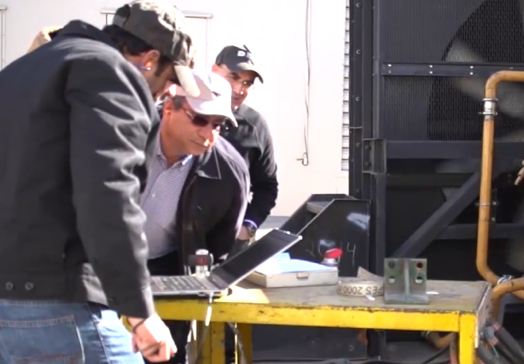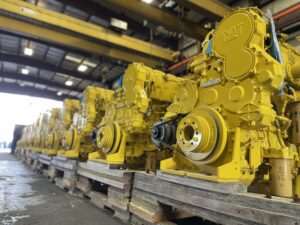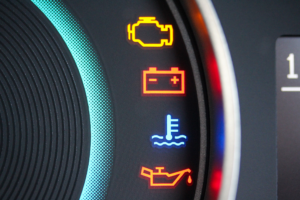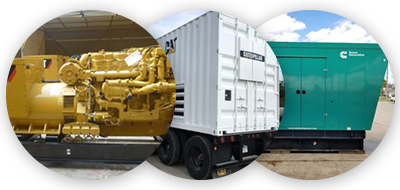
Buying a generator can be a confusing process because of multiple power ratings for equipment as well as different standards from groups such as the International Organization for Standardization (ISO), Environmental Protection Agency (EPA), and National Fire Protection Association (NFPA).
There are two basic things to keep in mind.
First, ISO-8528-1:2018 provides the industry-standard definitions of on-site power production. Second, this ISO standard breaks out generator set classifications into four rating categories:
- Continuous Operating Power (COP)
- Prime Rated Power (PRP)
- Limited-Time Prime (LTP)
- Emergency Standby Rating (ESP)
An understanding of each generator power rating in relationship to your situational needs will allow you to make the best purchase possible.
Continuous Operating Power (COP)
COP-rated generators provide power in a continuous, constant load – average output range is 70-100% – for an unlimited number of hours per year but with no overload ability. An example of this would be an electric substation which would use multiple generator sets to produce this unvarying load. COP is best used in situations with very limited power fluctuations.
Prime Rated Power (PRP)
PRP-rated generators provide power when commercial power is limited or not available such as for much oil and gas field work. PRP has an indefinite running time in a variable load setting – average load should not exceed 70% –with no more than 500 hours a year at a 100% load and no more than a 10% overload per 24 hours. In many ways, PRP is like COP in terms of being an ongoing, steady power supply, but PRP can run in both variable and overload capacities which COP cannot.
Limited-Time Prime (LTP)
LTP-rated generators supply PRP-equivalent power up to a 100% load for shorter time periods such as during interruptible load curtailment, peak shaving, and other situations involving parallel utility operation. LTP is the maximum power a generator can provide up to 500 hours a year with no overload.
Emergency Standby Power (ESP)
ESP-rated generators supply emergency power when the primary power source is unavailable due to, for example, a weather-related event. ESP is the maximum power available for a variable electric load not to exceed 70% of capacity and with total yearly operating time not exceeding 200 hours. However, these generators usually have a higher load capacity as they must supply significant amounts of short-term power until the primary source is restored. Even though these generators are not used on a regular basis—typically about 50 hours a year—a robust maintenance schedule is required to make sure they do perform at manufacturer standards when needed.
6 Questions to Determine Your Generator Power Rating Requirements
Ultimately, you’ll need to answer the following questions to make the right generator decision:
- What is the average load factor?
- What is the projected maximum load required?
- What is the typical load variation?
- How many hours per year is the generator set projected to run?
- Will the generator set be isolated from or in parallel with the utility?
- What are your maintenance and contingency plans for an extended outage?
In the end, power is a means to an end, not necessarily an end unto itself. However, without a continuously available power source, workflow will grind to a halt.
And remember: Generator data plates can list multiple ratings or, based on purpose-specific equipment, only have an ESP or PRP rating.
Make sure you understand your power needs and applicable generator power ratings to make the best genset purchasing decisions.
Depco Power Systems is serious about power equipment and the power industry. Contact us today so we can bring our years of experience to your next power generation project.






